Introduction
In the vast culinary landscape, glass noodles, also known as cellophane noodles, transparent noodles, or vermicelli, occupy a unique niche. Their delicate texture and mild flavor make them an ideal canvas for a myriad of flavors and cooking techniques. Originating from China, these translucent strands have traveled across borders, finding their way into the kitchens of countless cultures worldwide. Whether served hot in a hearty soup, cold in a refreshing salad, or stir-fried with vegetables and meat, glass noodles offer versatility that caters to diverse palates.
One of the most beloved preparations of glass noodles is simply boiling them—a process commonly referred to as “soaking” or “cooking” the noodles. While it may seem straightforward, mastering how to soak glass noodles perfectly can elevate your dish from good to exceptional. This guide aims to demystify the process, providing insights, tips, and tricks to ensure your glass noodles are neither overcooked nor undercooked but rather, perfectly al dente.

Understanding Glass Noodles
Before diving into the soaking process, it’s crucial to understand what glass noodles are made of. Primarily, they are made from starch extracted from various sources such as mung beans, potatoes, rice, or tapioca. This starch is processed into a dough, which is then extruded into thin strands and dried. The drying process gives them their characteristic transparency and long shelf life.
Different types of glass noodles vary slightly in texture and cooking time. For instance, mung bean vermicelli tends to be more delicate and requires less cooking time compared to rice vermicelli, which can hold up better to longer cooking periods. Understanding your specific type of glass noodles will help you tailor the soaking process accordingly.
Preparation Before Soaking
-
Selection: Choose high-quality glass noodles that are free from breaks and have a uniform color. Avoid packages that show signs of moisture or mold.
-
Inspection: Before soaking, inspect the noodles for any debris or small stones that might have inadvertently been included during processing.
-
Measurement: Measure out the desired amount of noodles. As a general guideline, about 8 ounces (225 grams) of dry noodles will yield approximately 4 cups of cooked noodles, which is usually enough for 4 servings.
The Soaking Process
Soaking glass noodles is a delicate balance between sufficient hydration and avoiding overcooking. Here’s a step-by-step guide:
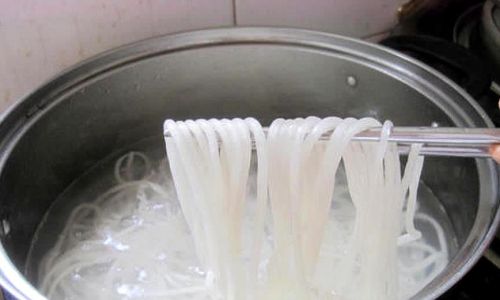
-
Cold Water Method:
- Fill a large bowl with cold water.
- Submerge the noodles completely in the water. Ensure they are not crammed together to allow for even soaking.
- Let them soak for about 20-30 minutes, depending on the thickness and type. Thinner noodles might need less time, while thicker ones may require up to an hour.
- Periodically check the noodles by gently separating a strand and tasting it. They should be pliable but still slightly firm to the bite (al dente).
- Once done, drain the noodles in a colander and rinse them under cold running water to stop the soaking process.
-
Hot Water Method (Faster but Riskier):
- Bring a pot of water to a gentle simmer (not boiling).
- Turn off the heat and immediately add the noodles.
- Let them sit in the hot water for about 5-10 minutes, stirring occasionally to prevent sticking.
- Test for doneness by tasting a strand. Be cautious as the water is still warm; use a spoon or chopsticks to handle the noodles.
- Once cooked to your liking, drain and rinse under cold water to halt further cooking.
Tips for Perfect Soaking
-
Temperature Control: The key to successful soaking lies in maintaining the right temperature. Too hot can cause the noodles to disintegrate, while too cold might prolong the soaking time excessively.
-
Patience: Resist the urge to rush the soaking process. Patience is vital to achieving the perfect texture.
-
Separation: After soaking, gently separate the noodles to avoid clumping. This step is especially important when preparing for stir-fries or salads where individual strands are preferred.
-
Storage: If you’ve soaked more noodles than needed, you can store them in an airtight container with a bit of water in the refrigerator for up to 2 days. Before using, drain well and rinse under cold water.
Incorporating Soaked Glass Noodles into Dishes
Now that your glass noodles are perfectly soaked, it’s time to incorporate them into your favorite dishes. Here are a few ideas:
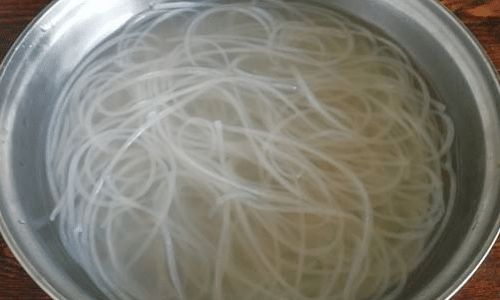
-
Soup Noodles: Add them to a boiling broth filled with vegetables, meat, and tofu. Their mild flavor allows the broth’s ingredients to shine.
-
Stir-Fries: Toss them with vegetables, shrimp, chicken, or tofu in a wok over high heat. A splash of soy sauce, sesame oil, and a sprinkle of green onions can transform this simple dish into a gourmet meal.
-
Salads: For a refreshing summer treat, combine soaked and drained noodles with cucumber, bell peppers, carrots, and a tangy dressing made from rice vinegar, sugar, soy sauce, and sesame oil.
-
Cold Noodles with Sauce: Serve them chilled with a zesty sauce made from chili oil, soy sauce, garlic, and sesame seeds. Top with chopped scallions and a sprinkle of sesame seeds for garnish.
Conclusion
Soaking glass noodles might seem like a simple task, but it’s a fundamental step that can significantly impact the final outcome of your dish. By following the guidelines outlined in this guide, you’ll be able to achieve perfectly cooked noodles that are the foundation for countless delicious meals. Whether you’re a seasoned chef or a home cook exploring new culinary territories, mastering the art of soaking glass noodles will undoubtedly enrich your culinary repertoire and delight your taste buds. Happy cooking!

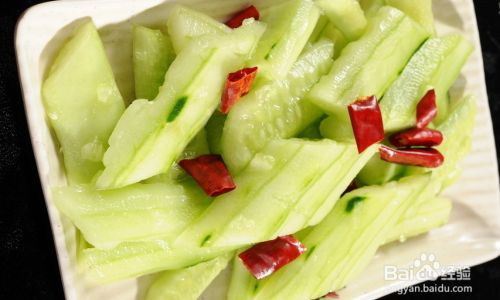
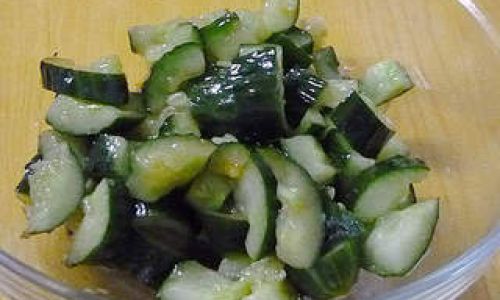

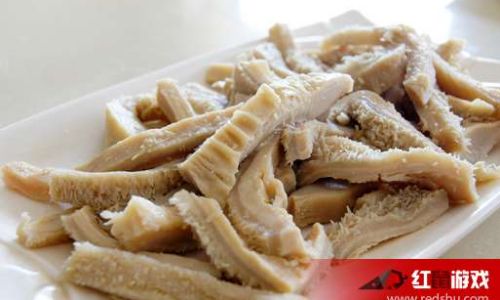
0 comments